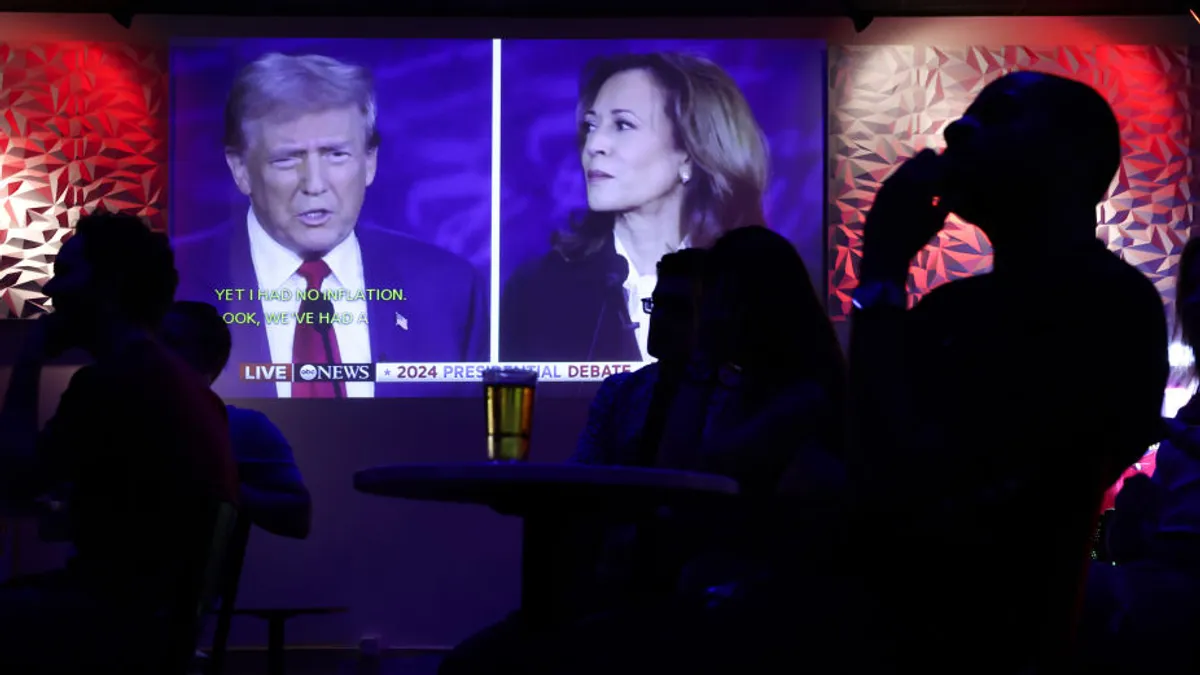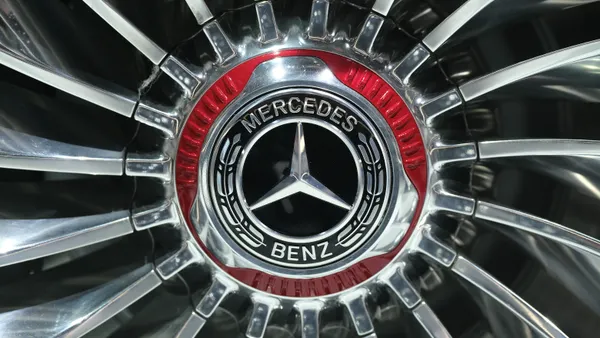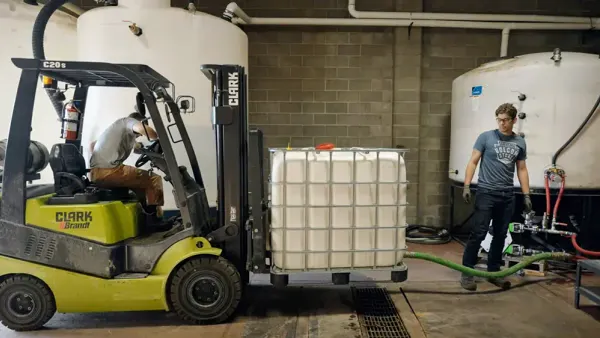Dive Brief:
- The Science Based Targets initiative released a new draft update to its Corporate Net-Zero Standard on Thursday, incorporating some of the feedback it received after stakeholder outreach and piloting the initial draft.
- The second public consultation draft of SBTi’s net-zero standard update includes more flexible scope-specific target-setting methodologies, including three approaches to scope 1 target setting, additional clarity on scope 2 targets and low-carbon electric purchasing and a scope 3 framework that builds on a discussion paper released in 2024.
- The number of corporations with climate targets has more than tripled since 2023, and over 11,000 companies have either set or committed to set SBTi-validated targets, as of the end of June, according to a recent report from SBTi. Such companies represent 25% of global revenue and over 40% of the global market cap.
Dive Insight:
SBTi is working on a major revision of its landmark standard for how global companies and entities should align their climate targets with leading science. The target-validating organization released the first draft of the update in March, followed by a consultation period, open survey and hands-on pilot of the standard.
In addition to scope-specific target-setting criteria, the Nov. 6 draft introduces an option for companies to take progressive responsibility for their ongoing emissions — to incentivize companies to take early action — and a three-stage cyclical validation process with optional spot checks.
“Businesses are driving global decarbonization, and will be key to achieving our climate objectives,” SBTi CEO David Kennedy said in the Nov. 6 release. “Taking science-based action both reduces emissions and manages transition risks, maintaining competitiveness and offering growth opportunities in a carbon-constrained world.”
The Nov. 6 update also maintains the tailored requirements for companies based on size and location, with further explanations for the thresholds that would make companies fall into each category. Category A companies — large companies and medium companies in high-income countries — will have less flexibility to comply versus Category B companies — medium-sized companies in upper-middle-to-low income countries and any small or micro-sized companies — who would have more flexibility through longer timelines and greater optionality.
The newest draft gives companies three ways to address their scope 1 emissions: by reducing their emissions on a linear path to net-zero, increasing their share of low-carbon emissions over time or by implementing plans to decarbonize assets based on the readiness of the technology.
Additionally, SBTi is pushing to scale carbon removals and requires all large companies and medium companies in high-income countries to address residual emissions using removals, in part, by 2035 onward.
“With the publication of this updated draft we are taking a further step forward in making science-based climate action more inclusive, actionable, and adaptable for businesses everywhere,” SBTi Chief Technical Officer Alberto Carrillo Pineda said in the release.
Pineda said the updated draft reflects the feedback from hundreds of businesses and experts, but further input is needed to ensure the final standard “is practical, credible and robust.” SBTi is seeking feedback on the second consultation draft until Dec. 8 and has a survey open for stakeholders.
SBTi plans to publish the final updated corporate net-zero standard in 2026 but companies will not be required to use this version until Jan. 1, 2028.










